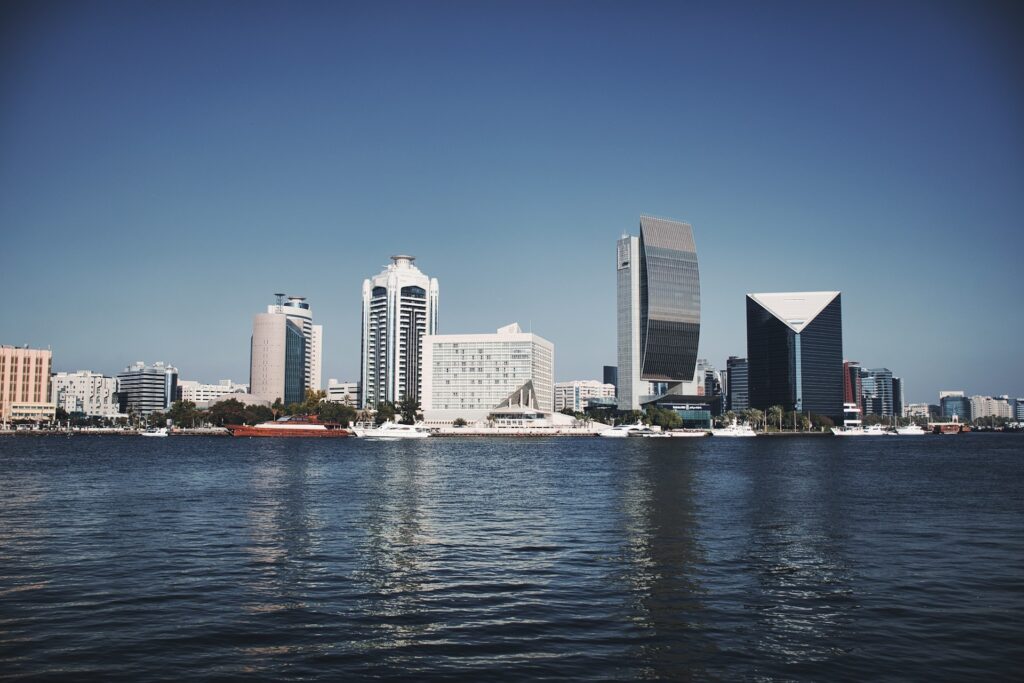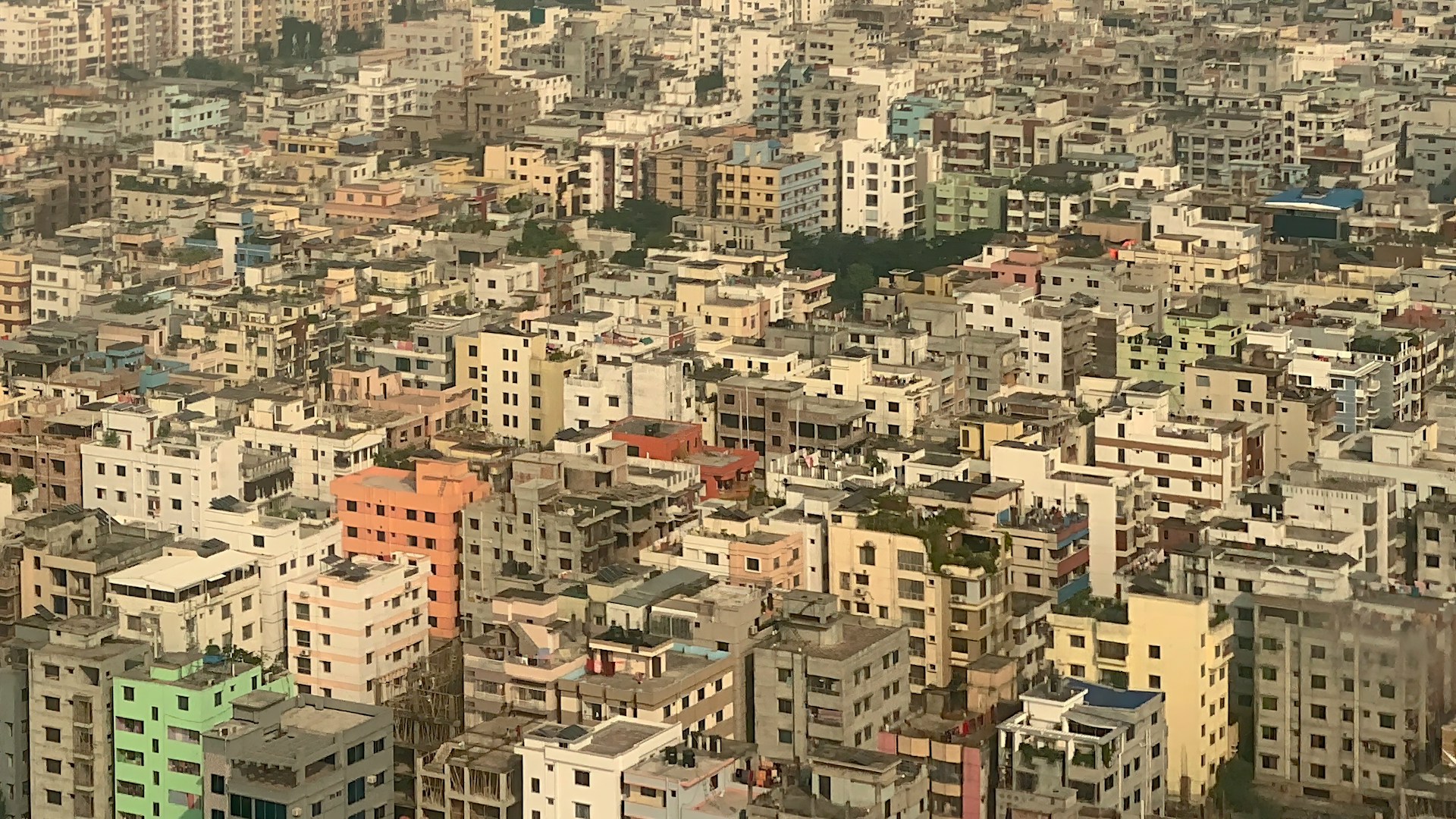What is Urbanization? A Global Phenomenon
Urbanization is a phenomenon whereby, a large proportion of a country’s population migrates from rural areas to towns and cities and in the process, urban spaces and society are enlarged.
This has been a process that has been on for centuries but in the 21st century it has heightened to a higher level.
The current information already shows that more than half the world’s population resides in large cities, while in the mid of the current century this figure will increase to 70%, according to the UN.
In growing cities, such places that are economic and cultural centers occur, but growth is also a complex process with numerous issues.
1. Causes of Urbanization: Why Do People Move to Cities?
There are several motivation forces that underpin Urbanization that include; better economic opportunity, better living conditions, and better basic facilities.
Individuals may be forced to go live in cities in the hope of getting better jobs, quality education, and healthcare services among other facilities which are scarce or limited in the rural regions.
Economic Opportunities:
According to one of the key factors, urbanization is highly attributed to the possibility of improving employment opportunities.
They are areas where most of the business, employment, invention and development is concentrated, hence more opportunities for employment are available in fields such as production, electronics, IT and other services among others.
Businesses and industries are mainly dependent on urban area this makes people search for stable and well paid jobs from urban places.
In any society, the provision of diverse economic tasks gives rise to a change from agricultural to other advanced sectors, which compels residents of the countryside to relocate to urban areas in search of employment.
Education and Healthcare:
Consistent with previous works, metropolitan areas offer more schools starting from the basic education to university, thus, educating their inhabitants on higher quality and skills.
This draws families from county areas to urban areas because rural communities believe that their children will have a proper future if they stay in urban areas.
Likewise, the health care domains of cities are generally more developed than those of town, including hospitals, clinics and specialists.
Mainly for those living in rural areas or those who never had access to any kind of health care, the change to the city means a chance at higher and often, saving medical treatment.
Infrastructure and Services:
Huge cities already possess vital facilities like transport, electricity, water and sanitation etc. Primary areas such as police, rescue and social care in most cases are more developed in cities.
This enhancement in living condition is perhaps one of the reasons that encourage people in the rural area lacking most of the facilities as the urban counterparts.
Urban facilities also provide a social and cultural life, this means entertainment, culture and recreational facilities that can rarely be availed by persons living in rural areas.

2. Effects of Urbanization: Opportunities and Challenges
Urbanization is a blessing in many ways since it opens up economic development opportunities and raises living standards but a curse in that it has a negative side or impacts some of the biggest problems being for third-world or developing nations where there is hasty, rapid growth of cities past the capacities of the cities in terms of addressing the needs of the citizens.
Economic Growth:
From the mentioned key elements, urbanization is evident as a driving force to economic development due to innovation and productivity and new business opportunities.
As the cities expand they produce more income, create employment opportunities and are centers of business activities.
The easy access of business, industries and education facilities in urban areas supports combined and inventive work that seems to result in the development of new technologies and industries.
Housing Shortages and Infrastructure Strain:
But rapid urbanization can also result in overcrowded area which include inadequate housing, transport and other social amenities to support the increasing population.
High population density in urban areas has been mostly attributed in many developing nations to the modern housing deficit leading to the development of the slum.
These areas have poor standards of accommodation and hygiene, lack of or poor access to water and electricity.
Also, staple structures for example roads and sewerage, public transportation are stretched resulting in traffic jam and pollution.
Environmental Impact:
Other emergent issues are the cost of urbanization on the environment.
Urbanization also leads to the encroachment of agricultural land and natural resources within the cities hence promoting deforestation and loss of bio-diversity.
Transportation, industries, and energy consumptions collectively contributed considerably higher amounts of GHGs emissions in urban areas.
Addressing these environmental impacts needs sustainable urban planning that includes planning for green areas, using energy from natural resources and implementing efficient means of public transport.
3. The Future of Urbanization: Sustainable and Inclusive Cities
This has made urbanization the central trend in social development, which defines the further future of the human society, to create perspectives and comprehensible living conditions for continuously growing urban populations and generally minimize the consequences of social risks, connected to the processes of urbanization and concentration of mankind’s population.
City hall, city administrations and other city; authorities and urban development organizations are applying smart city solutions and innovations, environment-friendly infrastructures and accessible housing schemes to support people in large urban areas.
Sustainable Urban Planning:
Sustainable city making means lays down of city structures and framework that is both friendly to the environment and optimizes use of the limited resources.
This consists of the incorporation of green structure, solar products, proper waste handling as well as transportation options, which minimize the use of personal cars in commuting.
The cities like Copenhagen and Singapore are on the forefront of trying to be environmentally friendly especially through creating large open areas for greenery, energy saving architectural designs and the well-developed transportation systems that give least emissions to the atmosphere.
Inclusive Development:
Integrated urban development seeks to address several issues of income inequality in that it seeks to make all the urban citizens to receive proper housing, education, healthcare and employment.
Education, healthcare, and other public services are seen as right for all citizens which has led to concentration by the governments on affordable housing programs, slum upgrading and other initiatives that make cities livable for all people.
Another element of inclusiveness is engaging communities and making sure that low power groups can participate in the determination of the US cities.
Conclusion
It is a reality, which is currently in progress that creates both possibilities and risks for humanity.
And as cities continue to expand it is important to note that sustainable development can only work and bring about prosperity in the social, economic and environmentally responsible manner to all people in cities.
The future of urbanization therefore depends on deliberate planning and inventions resulting to constructions of cities that are responsive to the needs of the population besides aiming at providing improved future human living standards.
Also read: Urbanization, Slums Growth and Challenges of Low Income Habitat


Very well written story. It will be helpful to anybody who usess it, as well as yours truly :). Keep doing what you are doing – i will definitely read more posts.
Thank you! Glad you enjoyed it—more posts are coming!
Hi there! This post couldn’t be written any better! Reading through this post reminds me of my previous room mate! He always kept talking about this. I will forward this article to him. Pretty sure he will have a good read. Thank you for sharing!
Thanks I have just been looking for information about this subject for a long time and yours is the best Ive discovered till now However what in regards to the bottom line Are you certain in regards to the supply
Thanks.
I have been examinating out some of your articles and i can state nice stuff. I will definitely bookmark your website.
Thank you for your kind words! we are glad you found it informative.
You can definitely see your enthusiasm in the work you write. The world hopes for more passionate writers like you who are not afraid to say how they believe. Always go after your heart.
Thank you so much. Your words truly mean a lot. It’s incredibly motivating to hear that our passion for writing comes through, and we completely agree—writing from the heart and staying true to what you believe in can make all the difference. We’ll definitely keep chasing that passion, and we hope it resonates with others along the way. Your support is so appreciated. Keep following your heart, too.
Whoa! This blog looks just like my old one! It’s on a totally different topic but it has pretty much the same page layout and design. Wonderful choice of colors!
Thanks so much for reaching out and for your kind words about the blog. We really appreciate it.